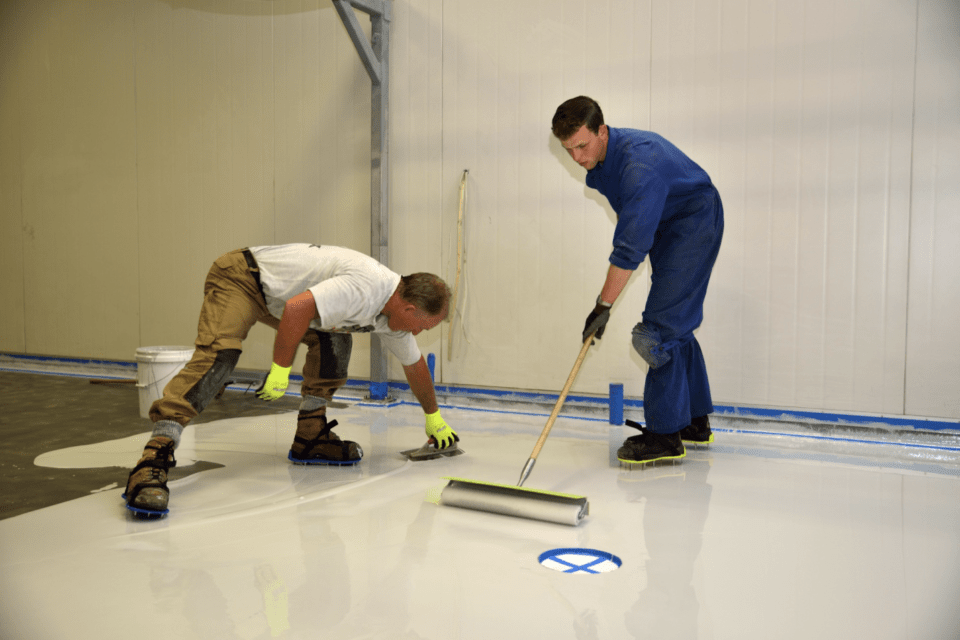Garage floors handle a lot. From oil and automotive fluids to grease and road salt, the bottommost surface of your garage gets more than its share of wear.
Without protection, all that environmental damage can crack your garage’s floor. The degradation may even pose an injury risk. And refurbishing the floor might just break the bank.
Don’t let the damage get that far. Instead, install garage floor protection.
There are six popular garage floor options for protection. Learn about each, then discover which strategy is right for your floor.
1. Polished Concrete Finish
Polished concrete is among the most popular garage flooring options.
A polished concrete finish is durable and stain-resistant. It functions well under high pressure.
Polishing tightens a concrete surface, which makes it less porous and more fluid-resistant. This is a good option if you value easy-to-clean surfaces.
It’s a mid-price solution.
2. Rubber or Plastic Rubber (Polyurea) Coating
Most garage floor coatings are rubber, polyurea, or epoxy.
A rubber or plastic rubber (Polyurea) coating is strong and pliable. This coating is non-slip, and it offers a degree of cushion to anyone working in the garage.
Applying rubber or polyurea coatings is a fast process. It’s often done in a few hours. While methods vary, the Garage Force process is ideal. It incorporates debris cleanup and crack repair into the coating procedure.
Installing a rubber coating costs much less than polished concrete.
3. Epoxy Flooring Coating
Expoxy coating is not as heavy-duty as rubber or Polyurea coating. It does disguise imperfections. And, it creates a stain-repellent surface.
Expoxy flooring is sensitive to abrasive cleaners. This type of coating is more expensive than installing polished concrete.
4. Vinyl Tile Coverings
Removable coverings are underrated among flooring options for garages. Vinyl coverings come in three popular formats.
These are:
- Interlocking tiles
- Roll-out mats
- Large vinyl “rug” covering
Of all options, vinyl tile coverings are the easiest to install and remove. You don’t need to prep your floor at all. You can clean them easily with a spray washer.
These coverings are not the strongest or most durable. And, if you don’t clean them, they can soak up enough spills to make a mess themselves.
Vinyl coverings are the least expensive option.
5. Latex or Acrylic Sealers
Garage floor seals are protective coatings. Most are Urethane, latex, or acrylic floor paint. These sealers create a barrier against oil, grease, and solvent spills. They typically offer a non-stick finish.
Sealers are not quite as durable as epoxy or rubber coatings. And you may need to prep your floor before application if you want to hide stains.
6. Stone Flooring (Sandstone, Graphite, Flagstone)
Stone flooring may be the best garage floor protection. Whether tile or interlocking stone, the flooring is beautiful. Stone garage floors may be polished or coated with an epoxy sealant.
This is the strongest, most durable option. It’s also the most expensive.
Garage Floor Protection and More Home DIY Tips
There is a wide range of methods to keep your garage floor free of scratches, scuffs, or more serious damage. If you need garage floor protection, it’s smart to research the options in your price range and those best-suited to the space.
Looking for more home improvement project tips? Check out the “Home” articles in our content library.

